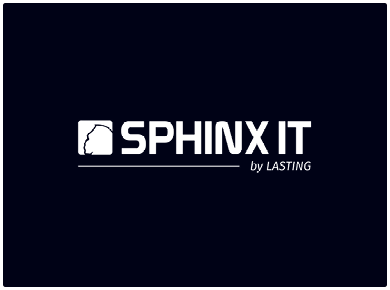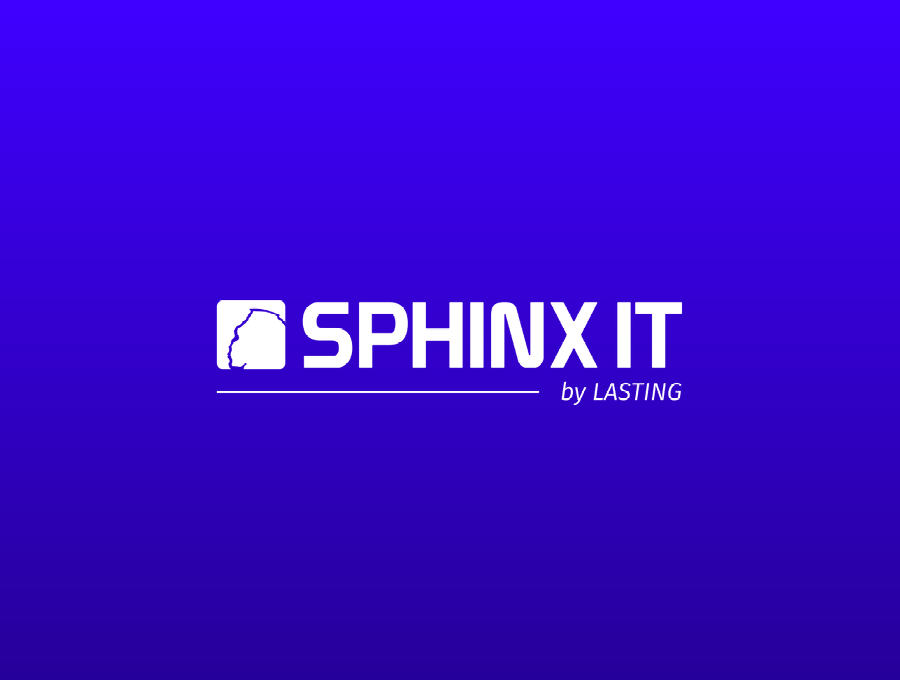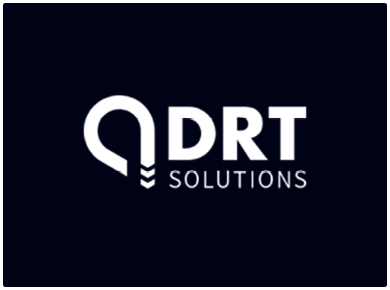
Cross-region multi-data center architecture drives competitive advantage
Gaining a competitive edge through new cross-region multi-datacenter architecture.

Background
Sphinx Information Technology is an integrated IT services and solutions provider helping clients working in over 90 countries worldwide realize the business value and efficiency of incorporating IT in their daily operations. The company provides a variety of services under two main business hubs, GuardianHELP and GuardianDEV.
One of the company’s clients, ComplyWorks, is a global leader in Compliance Management Solutions for the Oil & Gas, Construction and Mining industries. Their solutions automate the collection and monitoring of relevant compliance data for job sites and regions and provide
that data to decision-makers as actionable intelligence. Over 10,000 companies rely on their systems to securely exchange private business compliance data.
Challenge
ComplyWorks’ experienced rapid growth of its customer base, which has doubled every year for the past 3 years. With over 10,000 companies using the system, the scale of the application was increasing dramatically. The data center was having to handle increasingly large data volumes. With users spread across different geographies, it was important to find a way to move operations closer to the user and thereby minimize network latency.
Another important aspect was to protect against the eventuality of a data center going down. Despite all precautions one might take, there are enough studies out here to show that the dream of a zero-downtime data center is probably still a dream. ComplyWorks needed a belt and suspenders approach to system availability to eliminate all failure points. The application needed a cross-region multi-datacenter setup.
‘The database was the hardest problem – we needed it to be able to read and write from all data centers, and handle any consistency problems. Maintaining consistency in the face of the distances and failures was not going to be trivial’, says Ibrahim Hamouda, CEO of Sphinx Information Technology.
The database was the hardest problem – we needed it to be able to read and write from all data centers, and handle any consistency problems. Maintaining consistency in the face of the distances and failures was not going to be trivial.
Ibrahim Hamouda, CEO of Sphinx Information Technology
The operations team had experience with different MySQL Replication topologies, including master-slave replication with one updateable master, or circular replication with multiple updateable masters.
Although circular replication was a potential solution for a multi-datacenter setup, it was very fragile. Any problems with any of the nodes in the ring would cause the whole replication scheme to break. Also, since replication was asynchronous, serving writes from multiple locations might lead to conflicts (eventual consistency). Since data integrity could not be guaranteed, circular replication was not a realistic solution.
Solution
The team ran evaluations on two multi-master solutions for MySQL: MySQL Cluster and Galera Cluster for MySQL.
Each solution was evaluated for its ability to span across at least 2 data centers and provide strong consistency of data. The datacenters were in Calgary and Vancouver, i.e., about 1000 km apart with a latency of approximately 20 milliseconds. This ensured different power and network backbones on the grid. A third data center located in Africa will be added during 2013.
Galera was chosen as it performed better in a cross-region multi-datacenter setup. In this case, the certification-based replication was better adapted to WAN latencies than MySQL Cluster’s two-phase commit protocol. Also, since Galera uses the InnoDB storage engine transparently, there was no need to spend time optimizing application performance by migrating their existing InnoDB tables and tuning queries for the MySQL Cluster’s NDB storage engine.
Outcome
Using the Severalnines Configurator and ClusterControl, the operations team was quickly able to set up the different clusters. The team also leveraged a whole toolset from loading data, benchmarking and cluster management to speed up the evaluation.
“It would have taken us much longer without these tools, and thankfully, our ops team could instead concentrate on finding the right clustering solution for our requirements”, says Ibrahim Hamouda. “A cross-region multi-datacenter database infrastructure translates into a powerful competitive advantage for our global clients who require geo-locality and cannot afford any downtime. This is a game changer for us.”
A cross-region multi-datacenter database infrastructure translates into a powerful competitive advantage for our global clients who require geolocality and cannot afford any downtime. This is a game changer for us.
Ibrahim Hamouda, CEO of Sphinx Information Technology
Summary
Multi-datacenter database management
Sphinx IT’s application needed a cross-region multi-datacenter setup. ClusterControl allowed them to deploy and manage their database clusters across their distributed infrastructure.
Galera Cluster for MySQL to eliminate downtime
Galera’s performance in a cross-region multi-datacenter setup eliminated consistency issues and ensured zero downtime.
Supporting application scaling
Sphinx IT’s rapid growth caused the application to scale rapidly. With the data center handling increasingly large data volumes, they needed a way to minimize network latency.
Ready to automate your database?
Sign up now and you’ll be running your database in just minutes.





